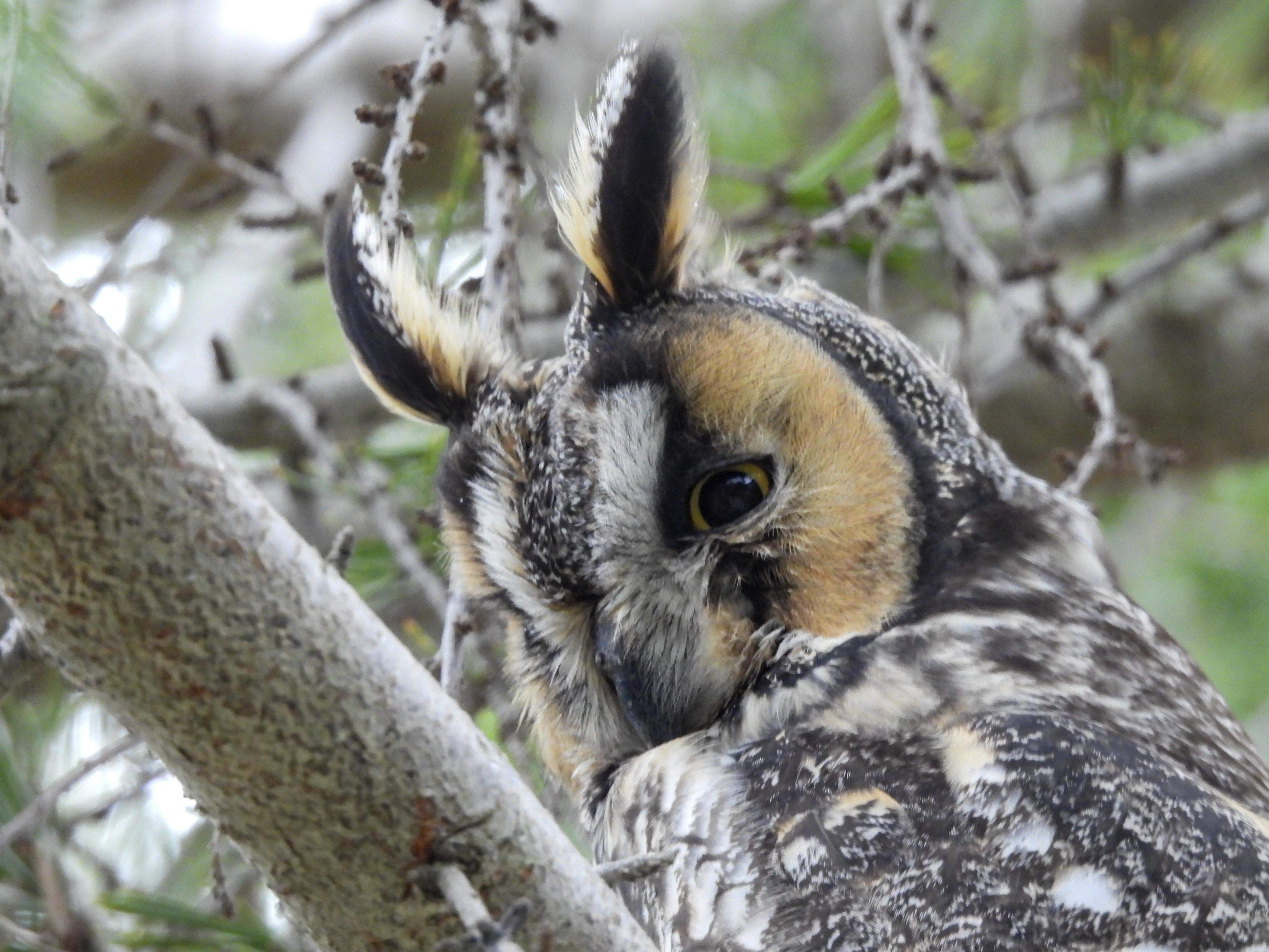I’d say the most important part is moisture. When a desert starts getting more rainwater, it starts to be an interesting habitat for algea and cyanobacteria (all they need is sun and moisture). These organisms start colonizing the desert, because it’s not hostile for them anymore. As they live and die there, organic matter starts to pile up and allows other organisms that consume this matter to colonize the desert as well. Soil is slowly developing and allowing more and more plants and animals to inhabit the place. The whole proces is very slow. You can do the same (and faster) through artificial means, but you have to water the land and take the water from somewhere else. If you stop watering, the land turns into desert again if there’s not enough rainfall. At some places that are not dry naturally you could reestablish a long term green habitat - e.g. instead of a dam and dry land surrounding it, you could recreate a wetland forest with a meandering river, which would help the surrounding area, because forests create their own small water cycles so more rain can be expected around them.
I know China has done a lot of “regreening” of areas and I’ve read that the Sinai could be a good candidate for the same sort of restoration. It’s not my area of expertise but the best candidates seem to be areas that are deserts because of human activity (like over farming, excessive water use, etc.).
What China did was plant trees, restore nutrients to the soil, add terraces to hills, limit livestock, and other things that slow down water loss. They successfully regreened and area the size of France but I think, crucially, it got enough water naturally. The land was just depleted, which caused the water to wash away topsoil instead of support vegetation.
So, I don’t think we could realistically show up to an arid desert and turn it into much. But there’s places we think of as desert now that would be good candidates for restoration.
Removed by mod
Naturally this kind of thing happens over tens or hundreds of thousands of years. So, even going back to BC times, we’re still only a small fraction of how far we need to go back to find really major, long-term climatic shifts. These things are supposed to happen sloooowwwwllly, not really discernable as changing over the scale of a single human lifetime, which is just the blink of an eye in planetary time scales.
Can we though? Probably. We can certainly dam rivers and use irrigation to make the land more agriculturally productive. But we should have the technology currently to attempt more dramatic geoengineering projects if we wished.
The problem though, is unintended consequences, where you change one thing over here, and you didn’t realize it was also controlling something else over there, and that thing changes too now, even though you didn’t necessarily want it to.
Like, to make up a fictional example, say we engineered rainfall over the Sahara somehow. But we didn’t know some of this moisture influences air currents, and now southern Europe and the Middle East are changing too somehow, by accident.
It’s like when you’re trying to untie a really tangled knot, and you pull on one part thinking its going to start undoing it, but it just tightens it somewhere else instead.
A while ago I read about this guy wjo is trying to reverse desertification in South Africa with livestock and having success with it. Basically everyone thinks that livestock is the leading cause for desertification but he proved the opposite. What actually leads to desertification is when there’s seasonal rainfall, in the off seasons the grasses that grow there tend to die but not fast enough so the already dead plants block the sunlight for new grasses. Livestock will eat the dying grasses and help foster new plant growth and over time actually reverse desertification. Not an expert on this topic, so no guarantees that all of the above is correct. https://ourworld.unu.edu/en/reversing-desertification-with-livestock Here’s an interview with the guy from 11 years ago.
Now the livestock method only works for areas that aren’t full blown deserts yet. I can’t tell you exactly how deserts have turned back into other forms of environments historically but since the main issue with deserts is that there’s not enough nutrients in the ground for anything to grow that’s what you have to fix. A great source for nutrients is regular rainfall, which stimulates plant growth, so as you can imagine it wouldn’t be an easy fix. I imagine that if the reversing process took place in the past then it would have been after big shifts in the climate in an area. Say if it started raining regularly in the Sahara I imagine you could start growing stuff there again after a while. Maybe start with some sturdy grasses and once the soil is compacted enough you could grow bushes, and so on. Of course you still have other issues like too much sunlight.
deleted by creator


